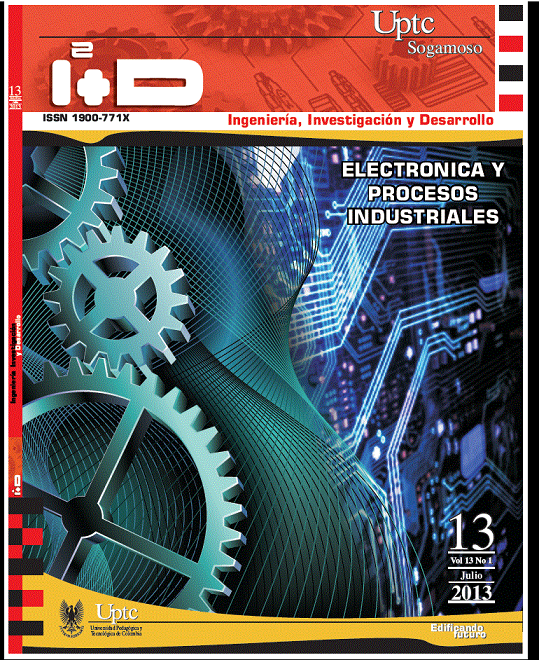Methodology for the exploration of coal bed methane (CBM) in Colombia coal basins

Abstract
It is ussually considered that commercial gas was only related to oil, but research has demonstrated that coal generates great volumes of methane and other gases (CBM). Colombia has big coal reserves, and it is expected that those coals contain enough CBM reserves that can be marketed in
the next years. This article presents the CBM methodologies used in the laboratory of materials, coal and gas, which is located in the UPTC-Sogamoso. The Colombian mining has traditionally presented the methane as a risk factor during the mining labors, but the gas explosions duo to methane has forced some to consider the CBM as an energy resource. Because of that interest, the main objective of this research has focused on adapting and establishing the methodologies and the procedures that should be used to determine the methane gas content by using desorption tests canisters. The canisters and their
additional equipment have been adapted and improved in the UPTC by Geological Engineering research group during the last years. These CBM guides have been written following the current knowledge on CBM and propose additional recommendations for making the sampling and gas measuring more reliable and supportive of the CBM exploration projects that are taking place in the different coal basins in Colombia.
Keywords
coal, methane, canister, desorption test, coal bed methane (CBM)
References
- Bonett, M. J. & Rodríguez, A. (1996). Tecnología aplicada a la explotación del metano proveniente de los mantos de carbón. Estado del arte. S.l.: s.n., 270 p.
- Bratton T. et al. (2006). La naturaleza de los yacimientos naturalmente fracturados. Oldfield Review, 12 (1).
- Close, J. C. & Erwin, T. M. (1989). Significance and determination of gas content data as related to coalbed methane reservoir evaluation and production implications, paper 8922. Coalbed methane Symposium. The University of Alabama, Tuscaloosa,
- Alabama.
- Diamond, W. P. & Levine, J. R. (1981). Direct Method Determination of the gas content of coal: Procedures and results. RI 8515. Pittsburgh, PA: U.S. Dept. of The Interior, Bureau of Mines.
- Diamond, W. P. & Schatzel, S. J. (1998) Measuring the gas
- content of coal: A review. International Journal of Coal geology, 35, 311-331. doi: http://dx.doi.org/10.1016/S0166-5162(97)00040-2
- Fonseca, J. A. & López, L. C. (2003). Determinación del bloque con mejores posibilidades de gas asociado al carbón (GAC) de la zona carbonífera ubicada al nororiente del municipio de Sogamoso en el
- departamento de Boyacá. Trabajo de grado en Ingeniería Geológica. Universidad Pedagógica y Tecnológica de Colombia, Escuela de Ingeniería Geológica, Sogamoso.
- Mojica, L. 2010. Manual para la medición de gas asociado al carbón (gmac) mediante pruebas de desorción con el equipo canister. Trabajo de grado en Ingeniería Geológica. Universidad Pedagógica y Tecnológica de Colombia. Escuela de Ingeniería Geológica, Sogamoso.
- Morad, K. (2007). Coalbed methane: Reservoir engineering fundamentals. Technical presentation. Canada: Fekete Technical video Series.
- Smith, D.M. & Williams, F. L. (1981). A new technique for determining the methane content of coal. Proceedings of the 16th symposium of the intersociety energy conversion engineering. New York, NY: Conf. Am. Soc. Mech. Eng. p. 1272-1277.
- Mariño, J. E. (2010). Estudios preliminares del gas asociado al carbón en Boyacá. Documento de ascensoen el escalafón, Universidad Pedagógica y Tecnológica de Colombia, Seccional Sogamoso.